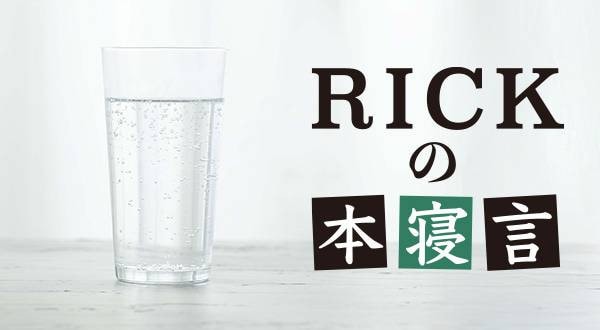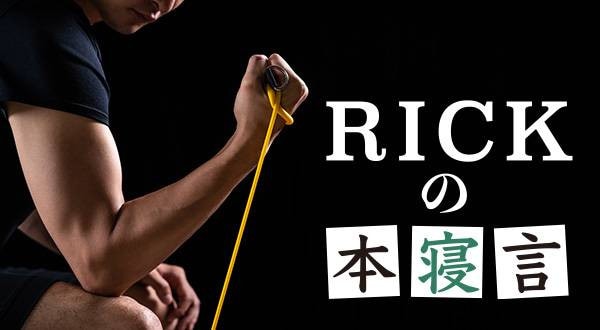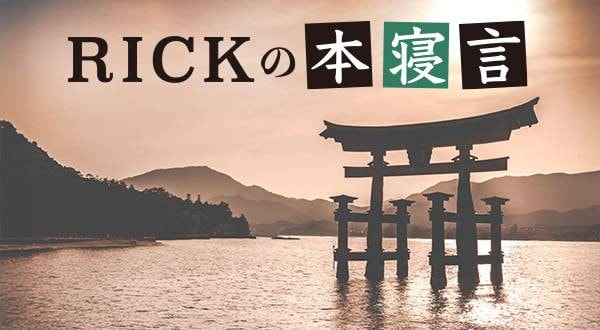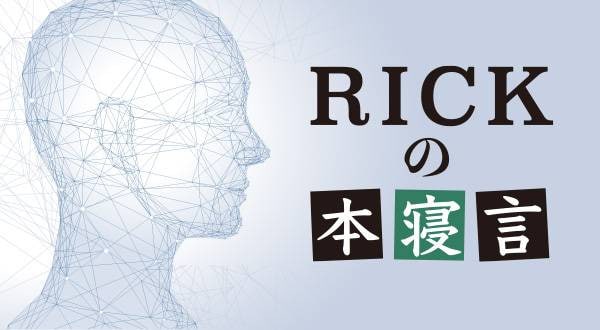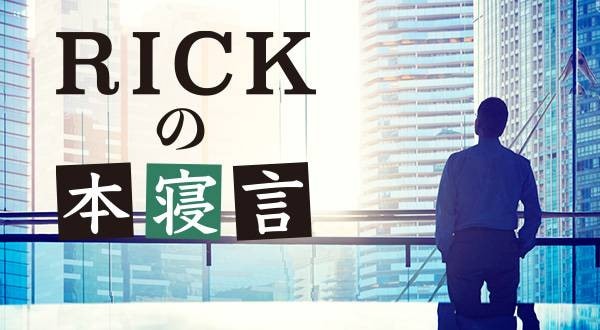Mount Ishizuchi, the highest mountain in western Japan and I went there with a group of new graduates for the first time in four years. Since the Corona epidemic that started in 2020, I have not climbed mountains with my employees for a long time and have already skipped the trip three times. Why do I climb mountains? Many young people have never climbed a mountain, so it is natural for them to think, “Is climbing the highest peak going to be challenging?” The answer is simple.
To begin with, Japanese people have been fond of mountains since ancient times. In Ishinomaki, Miyagi Prefecture, there is an izakaya called Umihiko Yamahiko, which I love. It is the name of a group of people who came to Japan, also called the ancient gods, as recorded in the Chronicles of Japan. These people contributed to the founding of the country, and they are connected to the gods of the sea and the mountains. Therefore, since ancient times, the Japanese have loved the sea and the mountains. Especially when it comes to mountains, there is no other country where each peak or high mountain has its own name as it does in Japan. Since ancient times, many mountain paths have been built by people’s feet, and today the entire Japanese archipelago is covered with countless mountain paths. It is because the Japanese have always loved high mountains, believing that mountains are inhabited by gods, that people have continued to climb mountains in Japan up to the present day.
The Japanese love both the mountains and the sea, but recently there has been a mountain boom. Older people are experiencing a bit of a mountain climbing boom, and for those in their 60s and 70s, mountain climbing has become a favorite leisure activity. Moreover, recently there has even been a “mountain girl” boom. Young girls have come to love mountaineering and will trek along mountain trails, even if alone or with a group of friends, to reach the summit.
It used to be that more girls would prefer the ocean, but not these days. Mountains are more popular. I think that there are three reasons behind this. One is that walking helps people obtain a slimmer body and experience more vitality in their daily lives. Also, since mountain climbing starts early in the morning, people have to go to bed early and get up early. This leads to an improved lifestyle, which inevitably leads to clearer skin and a more youthful look. The third reason is that, unlike the ocean, you can easily protect yourself from the sun. In the ocean, you tend to get a sunburn, and even if you put on clothes to avoid it, it doesn’t look good at the beach. In mountaineering, however, long sleeves and gloves are the norm. If you wear a hat, sun screen, and sunglasses, you don’t have to worry about getting sunburned. The best part of mountaineering is that you can take on the challenge without worrying about getting blotches on your face.
Keeping that in mind, I went to Mount Ishizuchi with three girls and six boys. After checking the weather forecast and waiting for a high-pressure system to arrive, we learned in advance that April 28 would be a perfect day for climbing the mountain. We decided as a group on a plan immediately and our staff members drove all the way from Narita, Chiba Prefecture, to Tokushima, to meet up with me waiting for them in Tokushima. The next morning, we set off for Mount Ishizuchi.
Mount Ishizuchi is the highest mountain in western Japan, and the ascent up the slope with an elevation difference of 700 meters is very difficult. The ascent and descent are not half bad, and first-time climbers will no doubt find it a bit strenuous. Another feature is the presence of chains. Starting with the trial chain, there is the first chain, second chain, and third chain. These chains are 70 meters long, and they are on a steep slope. If one were to let go of the chains and fall, one would have to be prepared to die. One would think that everyone would avoid the chains and make a detour, but I frequently see climbers who dare to challenge the chains and climb the route. Moreover, I hear that there are almost no accidents. The existence of chains is still valued because it allows climbers to challenge their own limits, pray to the mountain gods, and experience the protection they receive.
As a person in a position to give advice on climbing Mount Ishizuchi, including the extreme climbing chains, I thought I had told the team that they did not need to push themselves too hard and that only the trial chain and the first and second chains would be enough. However, when I opened the door, to my surprise, most of the group had made it to the third chain and had successfully reached the summit. To be honest, I was surprised, especially for the female staff members who were climbing the mountain for the first time, there were several spots where they had to grip the chains and pull themselves up as if they were doing pull-ups, and there was a danger of stopping without a guide. I applauded them. Everyone was wonderful.
Once you reach the top, another challenge awaits you: the real summit is not there, but Tengu-dake (Tengu Peak), which is about 100 meters away from the summit. Therefore, this is the last part of the climb, and the difficulty level increases a lot. The left side is a vertical cliff. If you fall, your life will be in danger for sure. We had to walk up such a steep rocky slope, gripping the edges of the rocks with our hands and keeping our fears in check. Fortunately, there was no wind that day. The scenery was spectacular and there were other climbers in sight, so we felt safe. The team reached Tengu-dake, where they took a commemorative photo. The sense of accomplishment was indescribable. Mount Ishizuchi and conquering Tengu-dake! The panoramic view from the summit and the excitement of the climb are the real thrill of mountaineering.
After descending the mountain, a word of advice to everyone: drink plenty of water and do plenty of stretching exercises. Take a long bath and massage your feet. In addition, take more vitamin C, coenzyme Q10, and other antioxidant supplements. But, no one brought any supplements, and I was concerned. With so many young people these days who have never even done flexibility exercises, what will happen? The inevitable result was that everyone’s feet hurt the next day. This pain is probably the worst on the second day, especially when descending stairs. But more than the pain, the excitement and sense of accomplishment of the climb outweighed the pain, and it must remain as a good memory in their hearts.
By the way, I started the ascent 3 hours behind the team. With a desire to catch up and outrun them, I kept running and managed to reach the summit from the ropeway in 1 hour and 45 minutes. After meeting up with two staff members on Tengu-dake, all of us were reunited in front of the Ishizuchi Shrine summit lodge! After taking a breather, I completed the climb in 3 hours and 45 minutes including the descent. At any rate, I am glad that everyone made it to the summit safely, even with the challenging chains. We were blessed with the best weather conditions and that the climbing experience was a successful one. The time spent with friends climbing the mountain together will be a memory that will last a lifetime.








